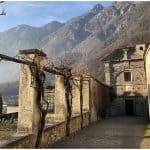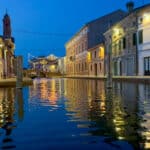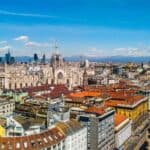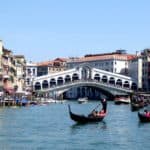Looking for the best travel tips for Italy? Our guide has you covered.
Italy seduces quickly, with its crumbling frescoes and morning espresso rituals, its grand canals and ancient ruins, the solemn beauty of the Sistine Chapel, and the silent hills of the Tuscan countryside.
The Best Travel Tips for Italy
Consistently ranked among the most visited countries and top travel destinations, it offers a dizzying blend of art, cuisine, and landscapes, from rugged mountains to the turquoise waters of the Mediterranean Sea.
But it’s also a place of paradoxes: elegant chaos, sacred leisure, bureaucratic ballet. Knowing how to navigate those paradoxes is the key to unlocking not just a holiday, but an unforgettable experience, especially if it’s your first time.
I’ve explored Italy on foot, by bus, train, ferry, and Fiat Panda. Here are 25 field-tested travel tips (plus a bonus one) to help you savour the country like an Italian citizen might – eyes open, glass full.
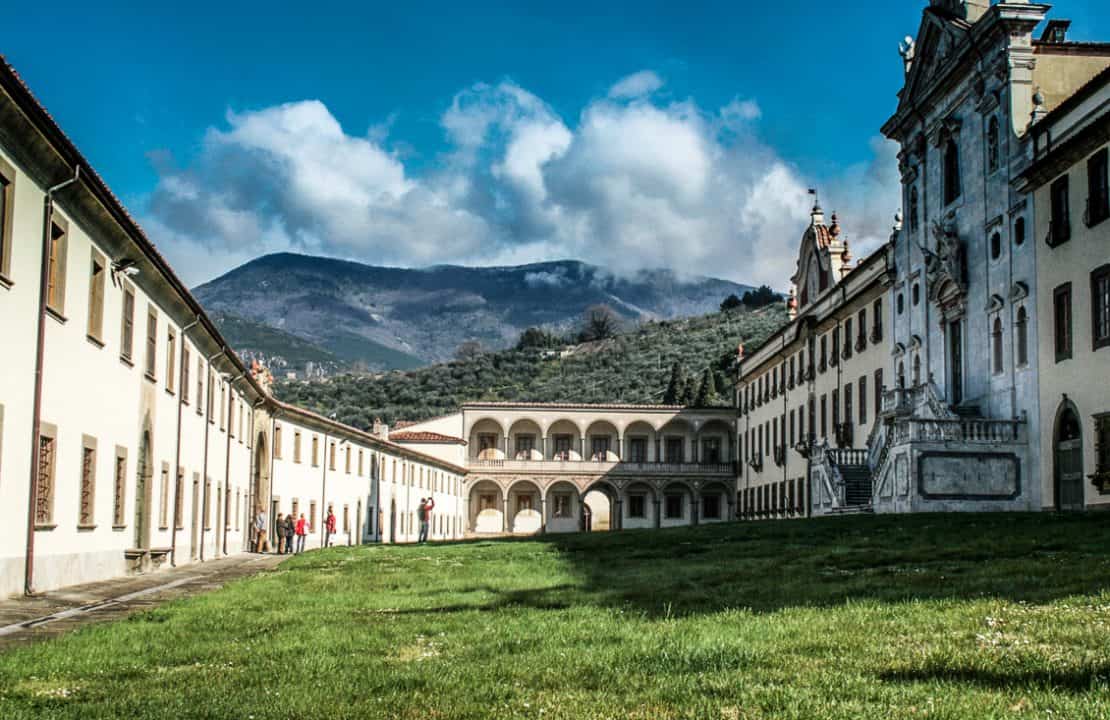
Don’t Overlook Bus Rental in Italy
Many travellers don’t consider Italy’s bus network, but in regions where trains don’t reach, like parts of Sicily (find fun facts about Sicily here), Basilicata, and the inland areas of Tuscany, it can be the most efficient and cheapest way to get around.
Buses link small towns and rural areas where you’ll find fewer crowds and more local charm. Companies like SITA Sud and Cotral run regular services, though timetables aren’t always displayed clearly.
For groups, hiring a private minibus can be a great idea, especially if you want to explore at your own pace. You can find out all you could want to know about bus rental in Italy here.
If you’re using public buses instead, make sure to book ahead and check whether bus tickets need to be purchased or validated before boarding.
Book Train Tickets in Advance
Italy’s train system is fast, affordable, and covers most of the major destinations. But if you’re using high-speed services like Frecciarossa or Italo, it’s best to book your train ticket in advance.
Prices fluctuate based on demand, and last-minute fares can be double the cost. Booking early also gives you more seat choices and avoids long queues at ticket machines.
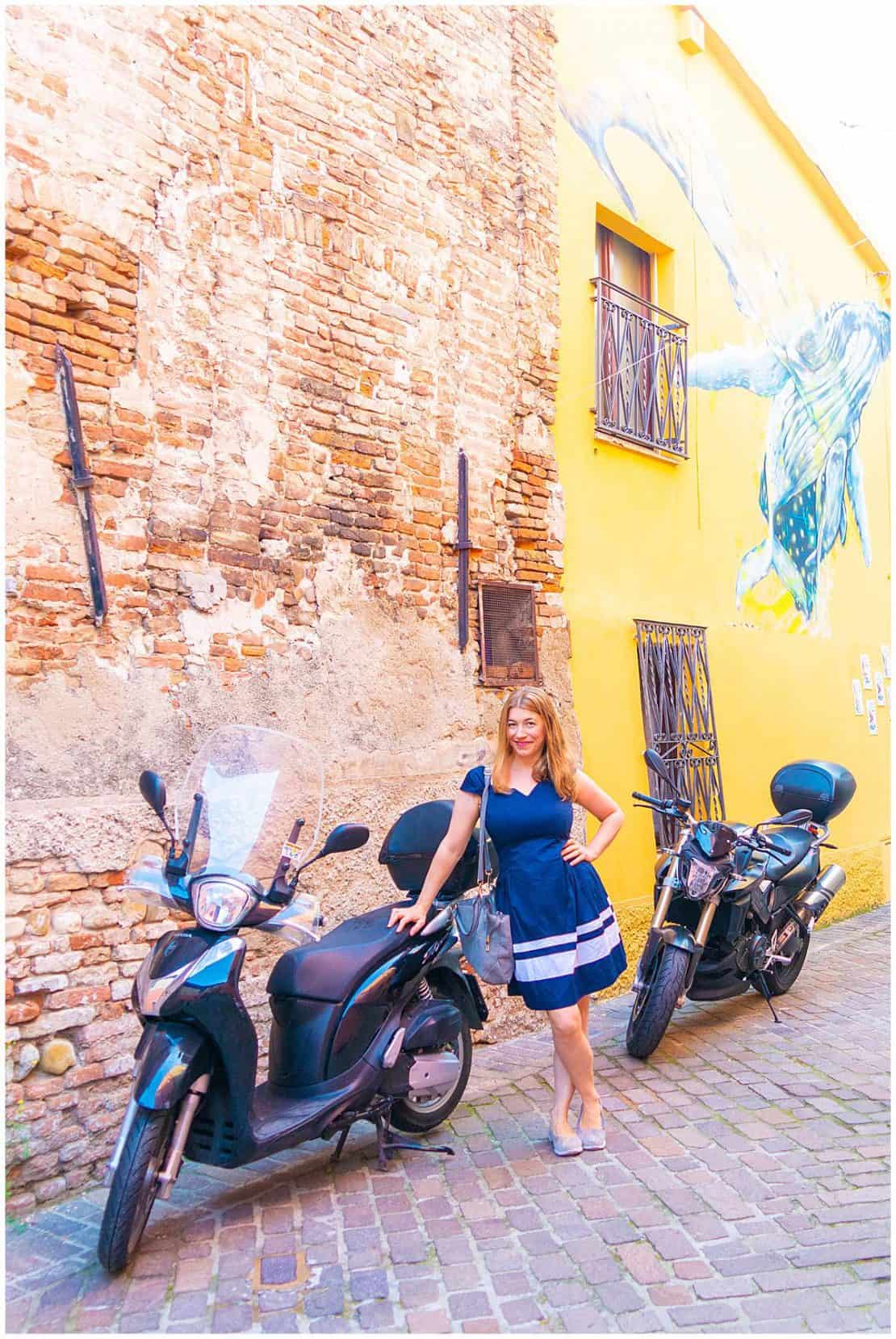
Driving Can Be Dreamy – or a Total Nightmare
Car rental in Italy isn’t always the comfortable experience you imagine. If you’re exploring mountainous areas, small villages, or regions with limited public transport like Puglia or the Dolomites, it’s worth it.
But driving in big cities like Rome, Milan, or Naples is frustrating and not recommended. ZTL (limited traffic zones) fines are common, and finding parking near historical sites is often impossible.
Stick to smaller vehicles – roads are narrow – and always check whether your hotel has parking.
Want to avoid the crowds altogether? Don’t miss our guide to getting off the beaten path in Rome.
Stay Close to the City Centre
It may be tempting to save money by staying on the edge of town, but in Italy, location matters. Hotels in or near the city centre let you walk to key sights, restaurants, and public transport hubs, which saves time and taxi fare.
In places like Venice, Florence, or Siena, staying central means you can wander early or late when the day-trippers leave. Use our guide to hidden gems in Venice to get you started.

The Amalfi Coast Is Glorious – Just Know What You’re Getting Into
Yes, the Amalfi Coast lives up to the hype, with dramatic cliffs, turquoise water, and lemon groves. But it also comes with a lot of people, steep roads, and transport challenges.
Driving is not for the faint-hearted, and parking in tourist areas is expensive and limited. Public buses are frequent but crowded.
A smarter option: stay in Vietri sul Mare or Salerno and take the ferry. It’s more scenic and far less stressful.
If you’re going in peak season, book everything in advance, including transport, dinner reservations, and sun loungers.
But if you prefer fewer crowds and milder weather, consider the shoulder seasons (the best times are in spring or early autumn). It’s a great way to experience the coast without the usual hustle.
Hike Through Cinque Terre, Don’t Just Snap Photos
Too many travellers tick off the Cinque Terre by train or ferry, hopping from one village to the next without setting foot on the trail. But walking between towns, especially the stretch from Vernazza to Corniglia, is the best way to appreciate the region’s beauty.
Wear proper shoes; some sections are rocky and steep, with a lot of stairs. In summer, start early to avoid the heat and crowds. And always check which trails are open – closures happen frequently due to landslides.
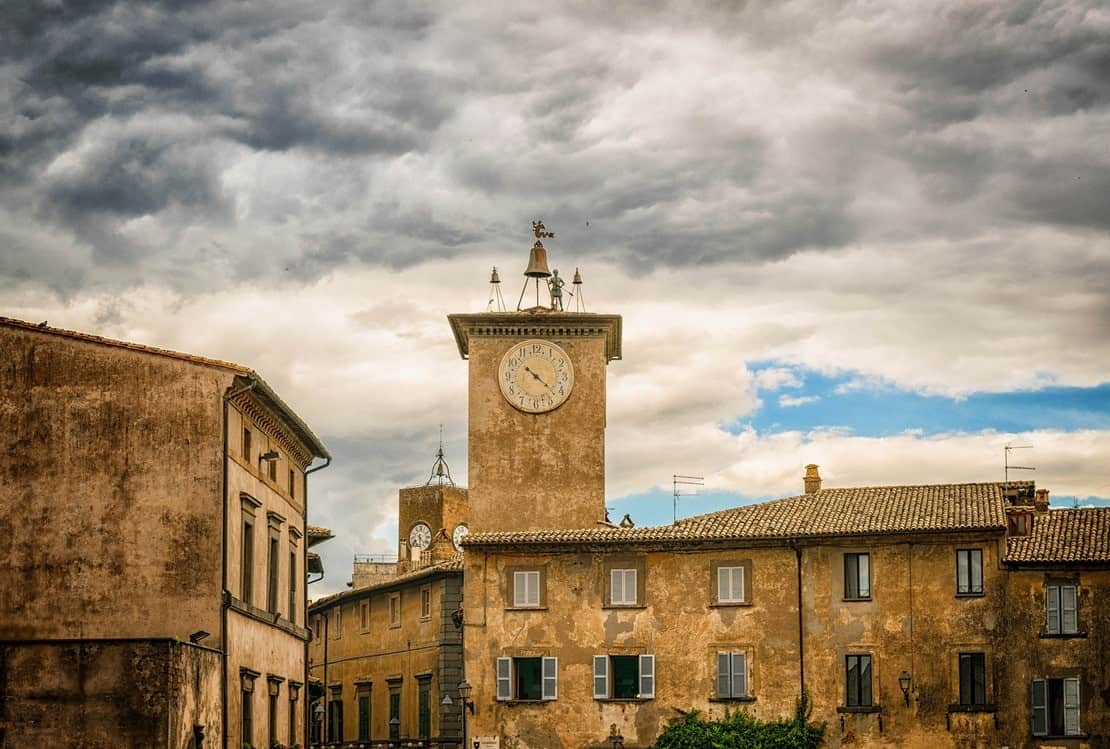
Small Towns Are Italy’s Greatest Luxury
There’s something quietly wonderful about staying somewhere that doesn’t appear in every Italy travel guide. Places like Lucca, Orvieto, Spello, Lecce, or Matera offer just as much charm as the big hitters, but with better food, easier walking, and far fewer queues.
You’ll still find museums, historical sites, and boutique hotels, often at lower prices than in the major cities. These small towns give you time to absorb the rhythms of Italian culture: market days, afternoon closures, and conversations with shopkeepers.
Renting a car can help you string together a few of these hidden gems. It’s where Italy gets personal.
If it’s small towns you’re after, there’s no better place to start than Umbria.
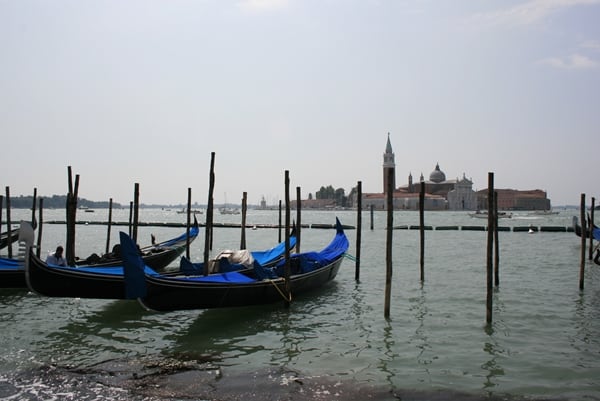
Don’t Treat Venice Like a Day Trip
People rush through Venice, ticking off the Grand Canal, Rialto, and St Mark’s Square before hurrying to another Italian train station.
But Venice changes after dark.
The crowds thin, the light softens, and you can actually hear the echo of your footsteps in the narrow alleyways.
Stay overnight, ideally within Venice itself, not on the mainland, and you’ll see a different side of the city.
Take a late vaporetto ride, eat cicchetti with locals, and enjoy the stillness once the cruise ships leave. It’s a great place to slow down.
Spend a Day on Lake Como, But Stay the Night in Varenna
Lake Como is one of Italy’s most popular destinations, but the experience changes dramatically depending on where you stay.
Skip the crowded glamour of Bellagio or the luxury enclaves of Como town and head instead to Varenna, a peaceful village with lakeside trattorias and stunning mountain views.
Ferries connect all the towns, so you can visit more places during the day. But by evening, Varenna offers calm, charm, and better prices.
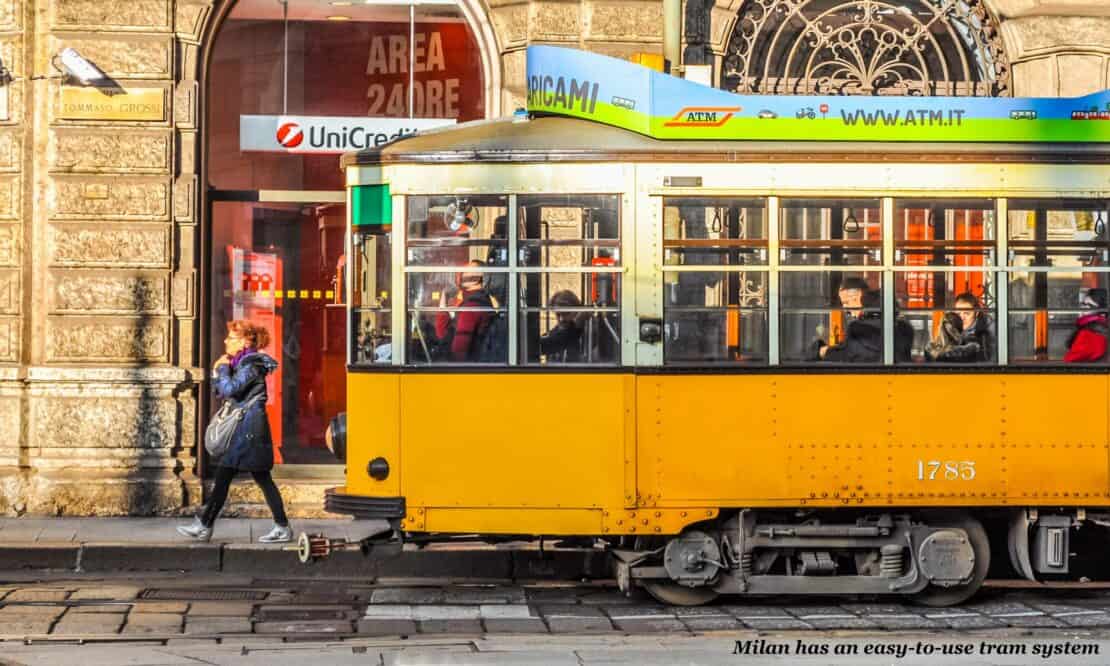
Use Public Transport in Big Cities
In large cities like Rome, Milan, and Naples, public transport is often the only smart option. Buses, metros, and trams run frequently, and tickets are affordable. Apps like Moovit or Google Maps work well but remember to buy your ticket in advance and validate it. Avoid driving – you’ll lose time looking for parking and dodging traffic lights.
Validate Your Train Ticket, or Pay the Price
On regional and intercity trains, a train ticket isn’t valid until it’s stamped. Look for the small green or yellow machines at the station – this process marks your start time and avoids fines.
If you’re using a digital ticket on your phone, you don’t need to stamp anything but keep it accessible in case the conductor asks. It’s a small detail, but one of the most important things to remember.
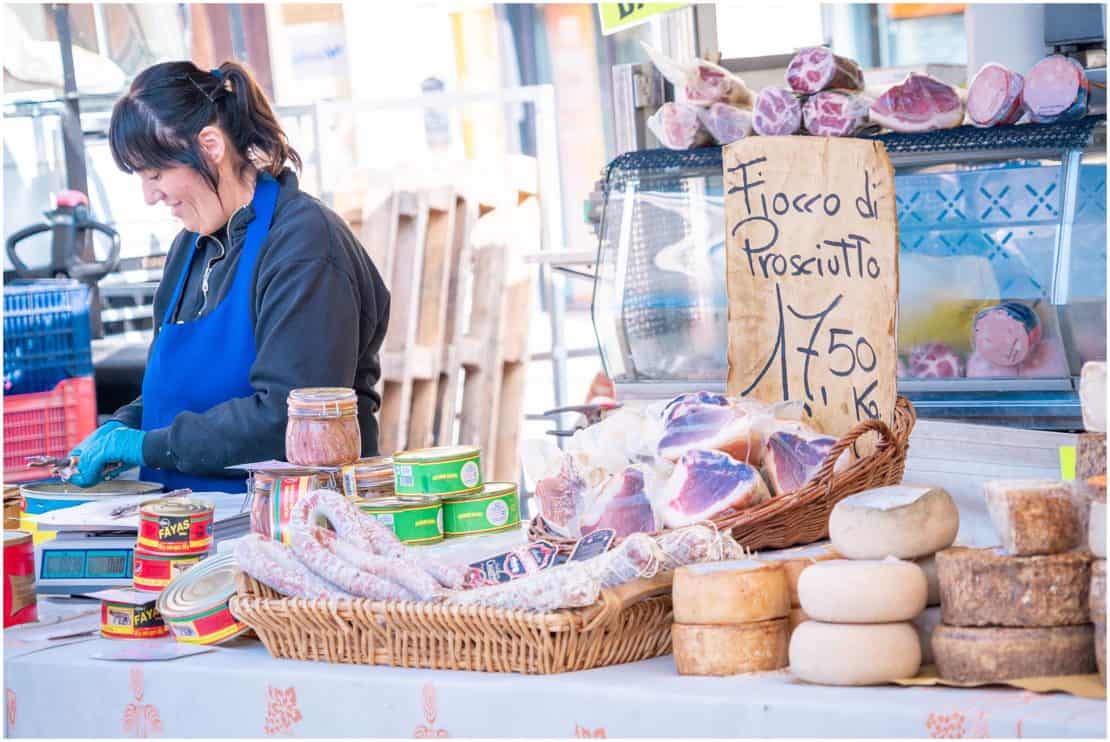
Carry a Credit Card, but Always Keep Some Cash
While credit cards and debit card payments are accepted at most hotels, restaurants, and shops in major cities, you’ll still find small trattorias, family-run B&Bs, and rural market stalls that only take cash, especially in small towns.
Keep small amounts of euros on hand for things like coffee, gelato, or bus fares. ATMs (bancomat) are widely available but check with your bank about foreign transaction fees.
Don’t assume card readers will always work – local restaurants may shrug and point to the machine, out of service again.
Don’t Pay for Bottled Water
Bottled water is unnecessary in most of Italy, as potable water flows freely from public fountains in Italian cities and towns.
Look for the word “acqua potabile” near a spout, especially in Rome, where the nasoni (nose-shaped fountains) have been running for centuries.
Bring a reusable water bottle and refill as you go. Not only is it more eco-friendly, but it’s also the cheapest way to stay hydrated in the summer heat.
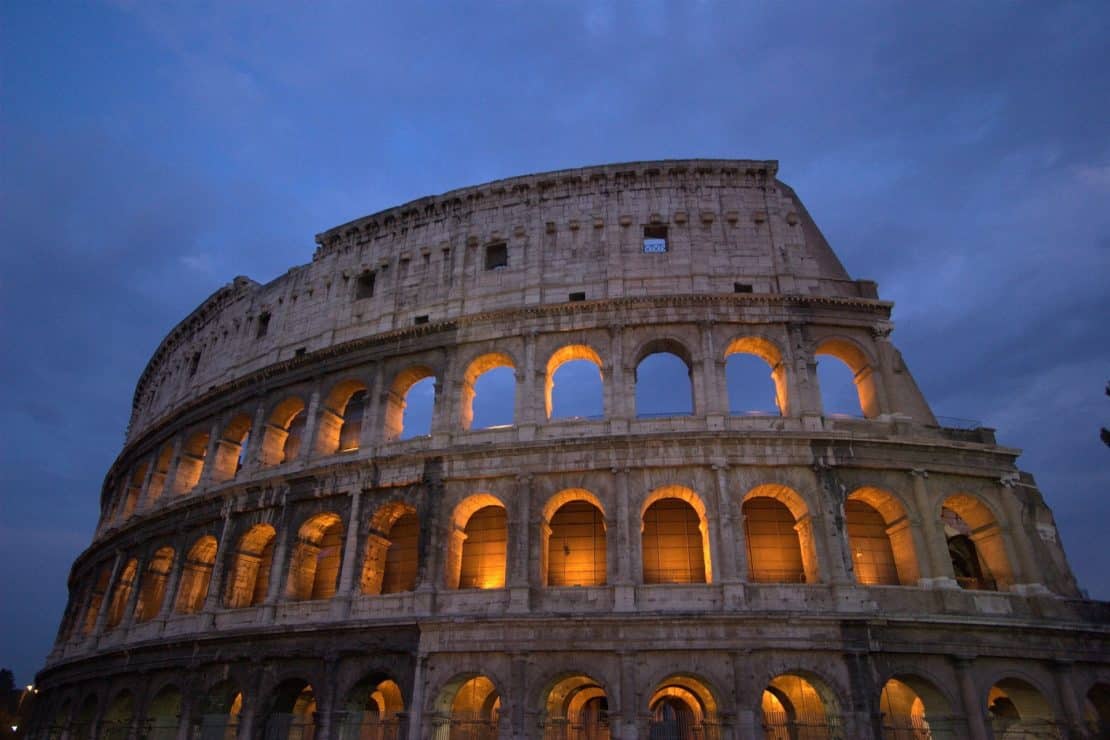
Book Big-Name Attractions in Advance
Planning to visit the Colosseum, the Sistine Chapel, or the Uffizi Gallery? Then you need to book tickets in advance, ideally weeks ahead if you’re travelling in the peak season.
Time slots fill up quickly, and showing up on the day usually means standing in line for hours or being turned away entirely.
Use official websites or trusted vendors and consider early morning or late afternoon slots for smaller crowds. It’s one of the best Italy travel tips if you want to save time and avoid disappointment. Check out our round-up of the best Italian landmarks to visit here.
Trust the House Wine
Italian restaurants often serve local house wine by the glass, half-litre, or litre, and in most cases, it’s excellent. Made by regional producers, it complements the food and usually costs far less than bottled options. Ask for vino della casa – red (rosso) or white (bianco).
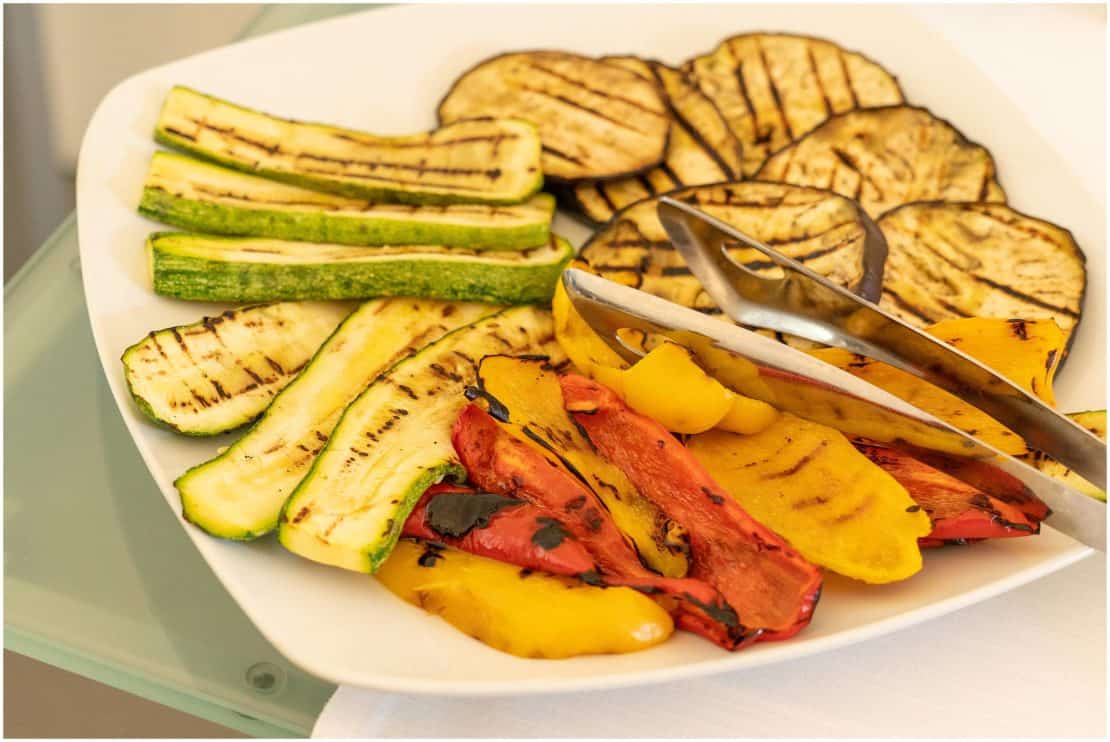
Skip Restaurants with Laminated Menus and Photos
If the menu outside a restaurant is laminated, has flags next to every dish, or is filled with photos, keep walking. These places are usually aimed at tourists, not locals, and rarely serve good food.
A good idea is to look for shorter menus written in Italian only, sometimes scribbled on a chalkboard or printed on a single sheet. The best restaurants don’t need to advertise – they rely on word of mouth, local culture, and dishes that speak for themselves.
If you want to go really in-depth, consider checking the Gambero Rosso guide, which highlights notable eateries and local gems. And if you want to recreate the delicacies you ate in Italy at home, this authentic ragu recipe is for you.
Dine on Italian Time
Italian culture doesn’t follow international dining hours. Lunch typically runs from 12:30 to 2:30, and dinner doesn’t start before 7:30, often later in Southern Italy compared to Northern Italy.
Showing up at 6 pm hoping for dinner will lead to confusion or a closed kitchen. Plan your day around Italian customs: have a late-afternoon coffee or gelato, and then enjoy a proper meal at the local rhythm.
It’s part of the authentic Italian experience and often leads to a better table and better service.
Visit Local Markets for the Best Food
For anyone interested in local culture, markets are essential. You’ll find seasonal produce, cheeses, cured meats, and fresh pasta, often better quality than anything in a supermarket.
In Florence, explore Mercato di Sant’Ambrogio; in Palermo, wander through Ballarò. It’s also a great place to grab a quick lunch: porchetta rolls, fried artichokes, or a plate of olives and pecorino.
For more foodie tips, see our guide to the best food and drink spots in Trieste.
Travel Insurance Is Boring Until You Need It
Whether it’s a twisted ankle on the Spanish Steps or a suitcase that doesn’t make it to Bari, travel insurance suddenly feels essential when things go wrong.
Choose a plan that covers medical treatment, cancelled transport, and lost belongings. If you require medical attention, or you’re doing outdoor activities like hiking in the Dolomites, make sure that’s included too.
In the rare event you encounter bigger issues, the Italian authorities will guide you, but insurance smooths the rest. It’s one of those great tips everyone ends up appreciating.

Pickpocketing Happens, Especially Where It’s Beautiful
Rome’s Trevi Fountain, Florence’s cathedral steps, the vaporetto on Venice’s Grand Canal – all are prime spots for petty crime. While violent crimes and sexual assaults are far less common in tourist areas, pickpocketing is opportunistic and can ruin your trip.
Keep your bag zipped, wear a crossbody, and never leave valuables in your back pocket.
Italians Are Warm, But Formal Too
Expect a warm welcome, but also a touch of formality. Use Signore or Signora, especially when addressing older people or strangers. Avoid diving into first names or casual slang unless invited.
Italians value appearance, so dress well, even for a casual lunch. It shows respect for yourself and others.
Small gestures go far in understanding Italian customs and blending into local culture.
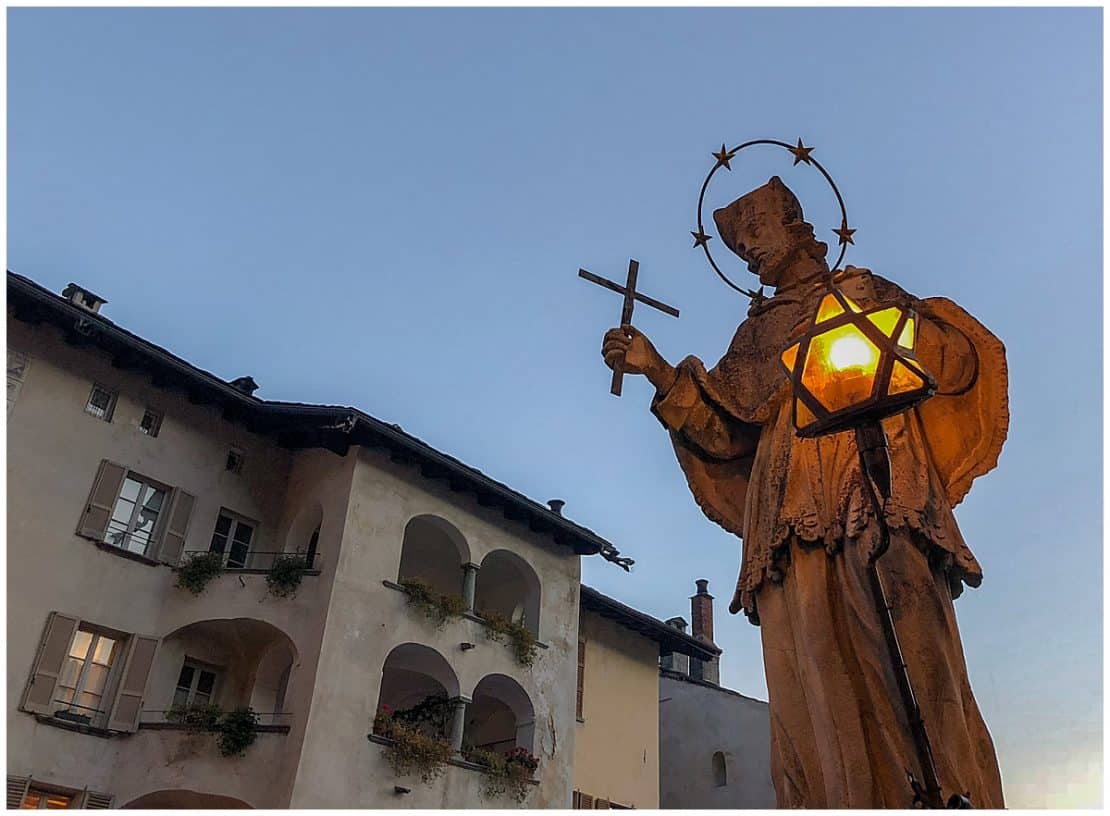
Be Respectful, Even When No One’s Watching
Italy’s monuments and churches are popular tourist attractions, but they’re also part of living history. Pay attention to the dress code: shoulders and knees should be covered when visiting religious sites and keep your voice low inside.
Don’t touch frescoes or statues, and observe local laws and cultural norms, even if you don’t see signs.
Sunday Is Sacred
In much of Italy, Sunday is still a day of rest, especially in small towns. Shops close, streets empty, and life slows down. Don’t plan shopping or museum visits for Sunday afternoon unless you’re in one of the major cities. Instead, join the rhythm: linger over lunch, take a walk, and let the day breathe.
Let a Local Guide Show You Their World
A good guide brings a place to life, with stories, context, and personal touches you won’t find in any Italy travel guide. Book a free walking tour, join a food tour, or explore a museum with a certified expert. In cities like Palermo or Ravenna, this is the best way to understand layers of rich history you’d otherwise walk right past.

A Day Trip Can Be a Game Changer
A smart day trip can completely shift your view of a region. From Florence, take a short train to Siena or Lucca; from Naples, hop to Capri or Herculaneum; from Sicily, jump to nearby Italian islands for a change of scene.
Even a single afternoon in a small village reveals a different pace, different food, and new perspectives. With Italy’s train network and short distances, these detours are easy and often the most rewarding.

Bonus Italy Tip: Let Italy Surprise You
Even with all the planning, the best moments often aren’t on your itinerary: a stranger insisting you try their wine, an unmarked chapel filled with frescoes, a beach vacation café still serving lunch at 4 pm. Italy’s charm lies in its layers, not just in its landmarks. Stay open. Say yes. Wander a bit. That’s how the best places and stories tend to begin.
More About Travel in Italy
- The Italian landmarks for your Italy bucket list
- How to get off the beaten path in Italy with 101 hidden gems
- What to buy in Italy: your guide to Italian souvenirs
- The best Italian themed gifts for people who love Italy
- How to make a real ragu: the traditional Italian dish you can make at home
- What to pack for Italy: the ultimate guide
- Florence or Milan for your next trip?

